What Is Woollypod Vetch – Learn About Growing Woollypod Vetch
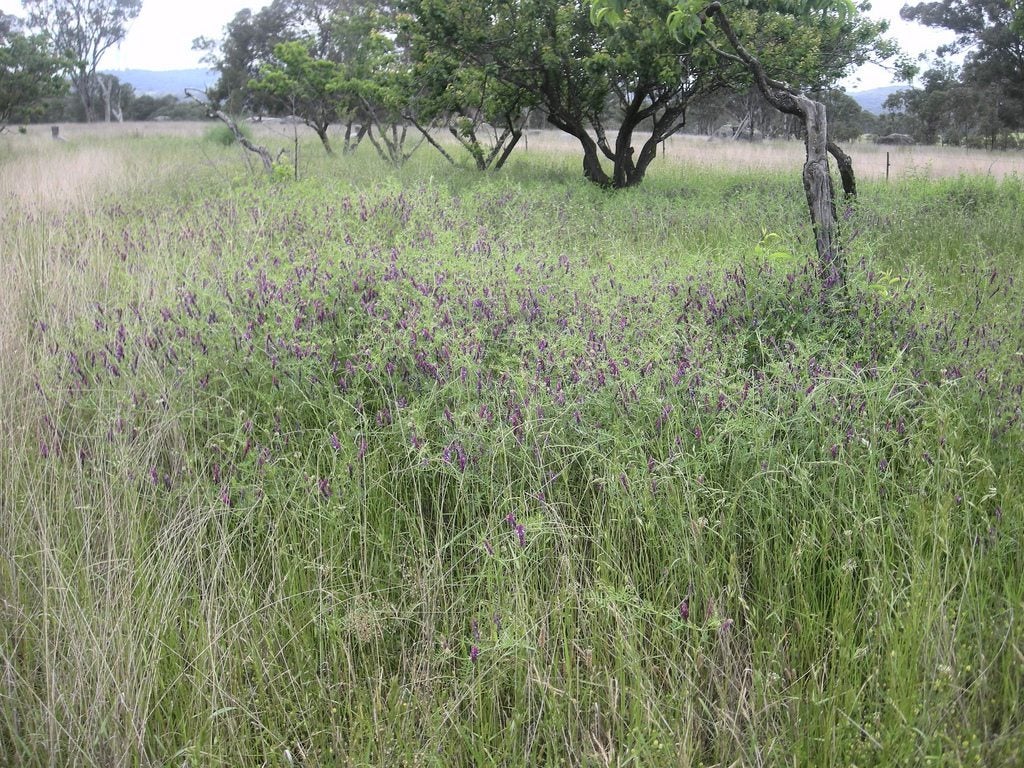

What is woollypod vetch? Woollypod vetch plants (Vicia villosa ssp. dasycarpa) are cool-season, annual legumes. They have compound leaves and pinkish flowers on long clusters. This plant is usually grown as a woollypod vetch cover crop. For more information about woollypod vetch plants and tips on how to grow woollypod vetch, read on.
What is Woollypod Vetch?
If you know anything about the vetch family of plants, woollypod vetch looks quite similar to other annual and perennial vetches. It’s an annual and a cool-season crop. Woollypod vetch plants are low-lying plants with stems that trail up to a yard. A climber, it will go up any support at all, even grass or grain stems. Most people growing woollypod vetch plants do so to use it as a legume cover crop. Woollypod vetch cover crops fix atmospheric nitrogen. This helps in field crop rotation. It is also beneficial in orchards, vineyards, and cotton production. Another reason for growing woollypod vetch plants is to suppress weeds. It has been used successfully to suppress invasive weeds like star thistle and medusahead, an unpalatable grass. This works well since woollypod vetch can be seeded on untilled ground.
How to Grow Woollypod Vetch
If you want to know how to grow woollypod vetch, it is best to work the soil a bit before planting the seeds. Although the seeds may grow if scattered, their chances are greater if you broadcast lightly, or else drill to a depth of 0.5 to 1 inch (1.25 – 2.5 cm). Unless you have grown vetch in the field recently, you’ll need to inoculate the seeds with a “pea/vetch” type rhizobia inoculant. However, you won’t need to irrigate the crop at all in winter. Growing woollypod vetch will provide your soil with dependable, abundant nitrogen and organic matter. Vetch’s strong root system develops nodules early, enough to provide the plant with its own nitrogen and also accumulates significant amounts for the crops that will follow. The woollypod vetch cover crop keeps the weeds down and its seeds make the wild birds in the area happy. It also attracts pollinators and beneficial insects like minute pirate bugs and lady beetles.
Gardening tips, videos, info and more delivered right to your inbox!
Sign up for the Gardening Know How newsletter today and receive a free copy of our e-book "How to Grow Delicious Tomatoes".

Teo Spengler is a master gardener and a docent at the San Francisco Botanical Garden, where she hosts public tours. She has studied horticulture and written about nature, trees, plants, and gardening for more than two decades. Her extended family includes some 30 houseplants and hundreds of outdoor plants, including 250 trees, which are her main passion. Spengler currently splits her life between San Francisco and the French Basque Country, though she was raised in Alaska, giving her experience of gardening in a range of climates.
-
 Looking For Plants To Give You The Soft And Fuzzies? Try These 5 Fuzzy Leaf Plant Options
Looking For Plants To Give You The Soft And Fuzzies? Try These 5 Fuzzy Leaf Plant OptionsLovers of texture, drama, silver foliage and tactile plants will adore these special sensory garden additions. These fuzzy leaf plant options will leave you all aglow
By Susan Albert
-
 Get Ready For A Summer Of Hummers! Grow These Full Sun Hummingbird Plants and Flowers
Get Ready For A Summer Of Hummers! Grow These Full Sun Hummingbird Plants and FlowersIf you’re lucky enough to enjoy a sunny backyard, make sure you are maxing out on your pollinator opportunities and grow these full sun hummingbird plants and flowers
By Tonya Barnett
-
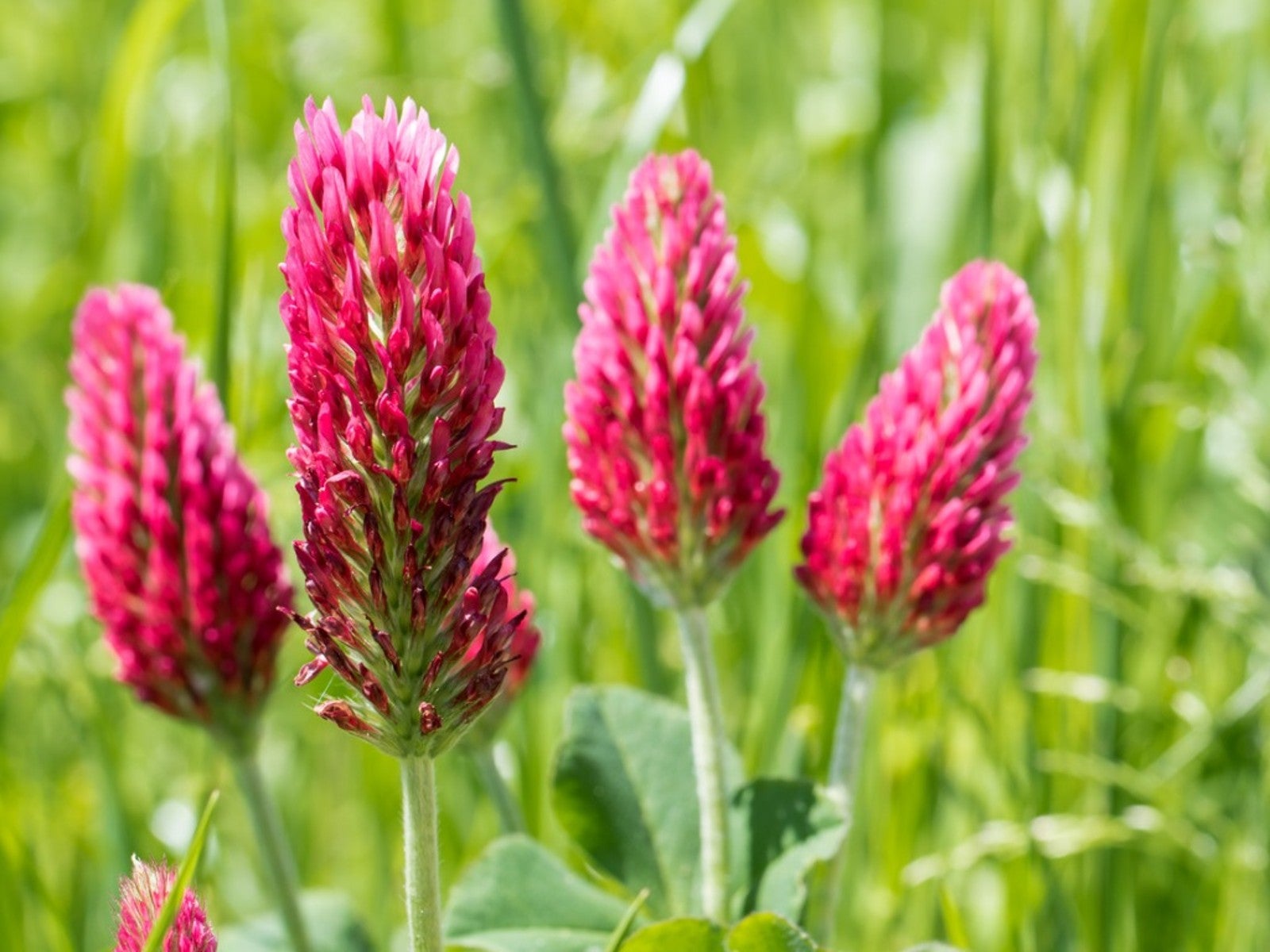 Best Late Summer And Early Fall Cover Crops
Best Late Summer And Early Fall Cover CropsPlanting cover crops is a gift you can give to your garden’s soil. Read on to learn about planting cover crops in late summer.
By Bonnie L. Grant
-
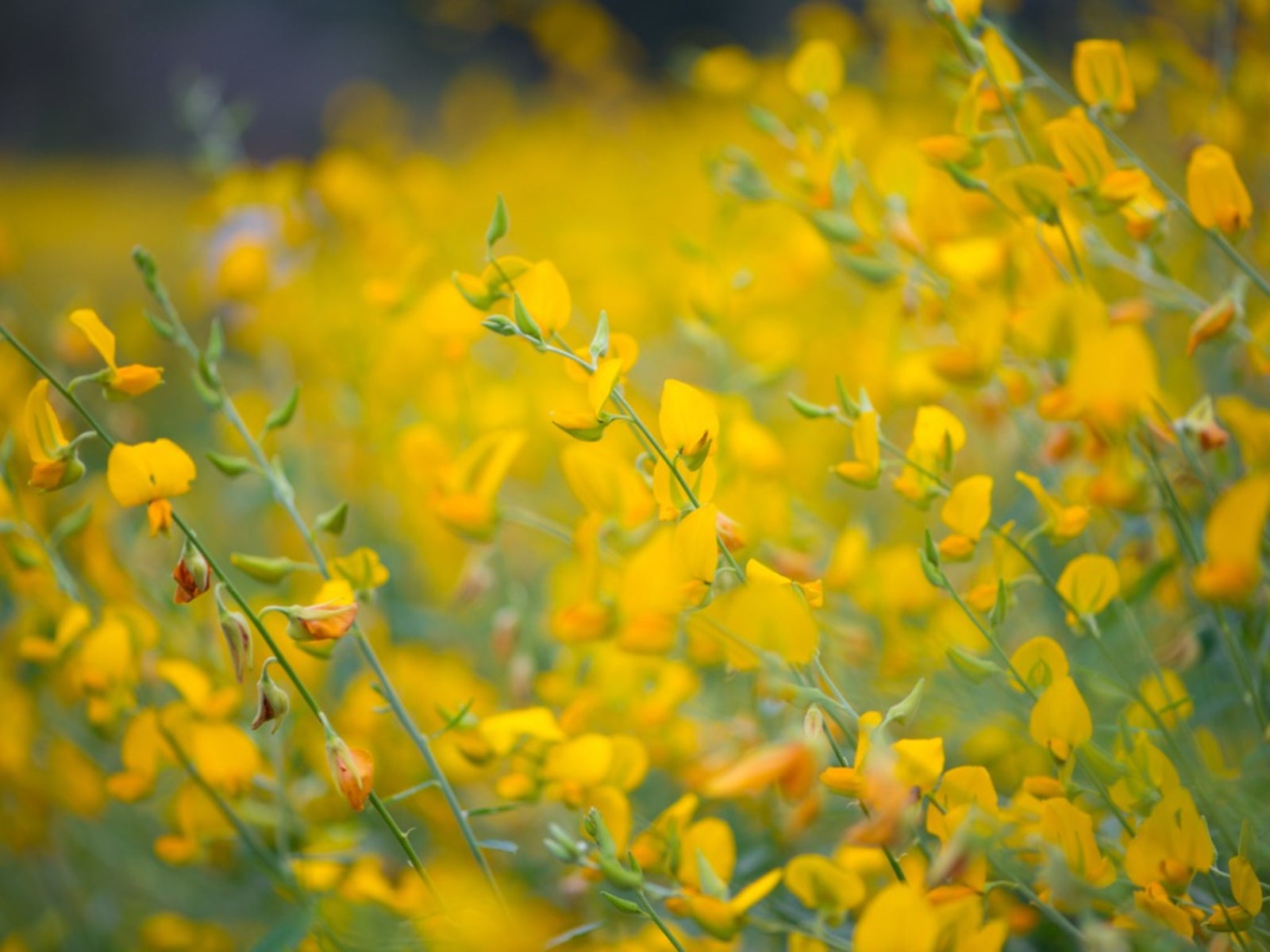 Sunn Hemp Plant Info – Learn Sunn Hemp Uses And Care
Sunn Hemp Plant Info – Learn Sunn Hemp Uses And CareSunn hemp grass is a warm weather grass. Click to learn more about Sunn hemp uses as well as helpful tips on growing Sunn hemp as a cover crop.
By Mary H. Dyer
-
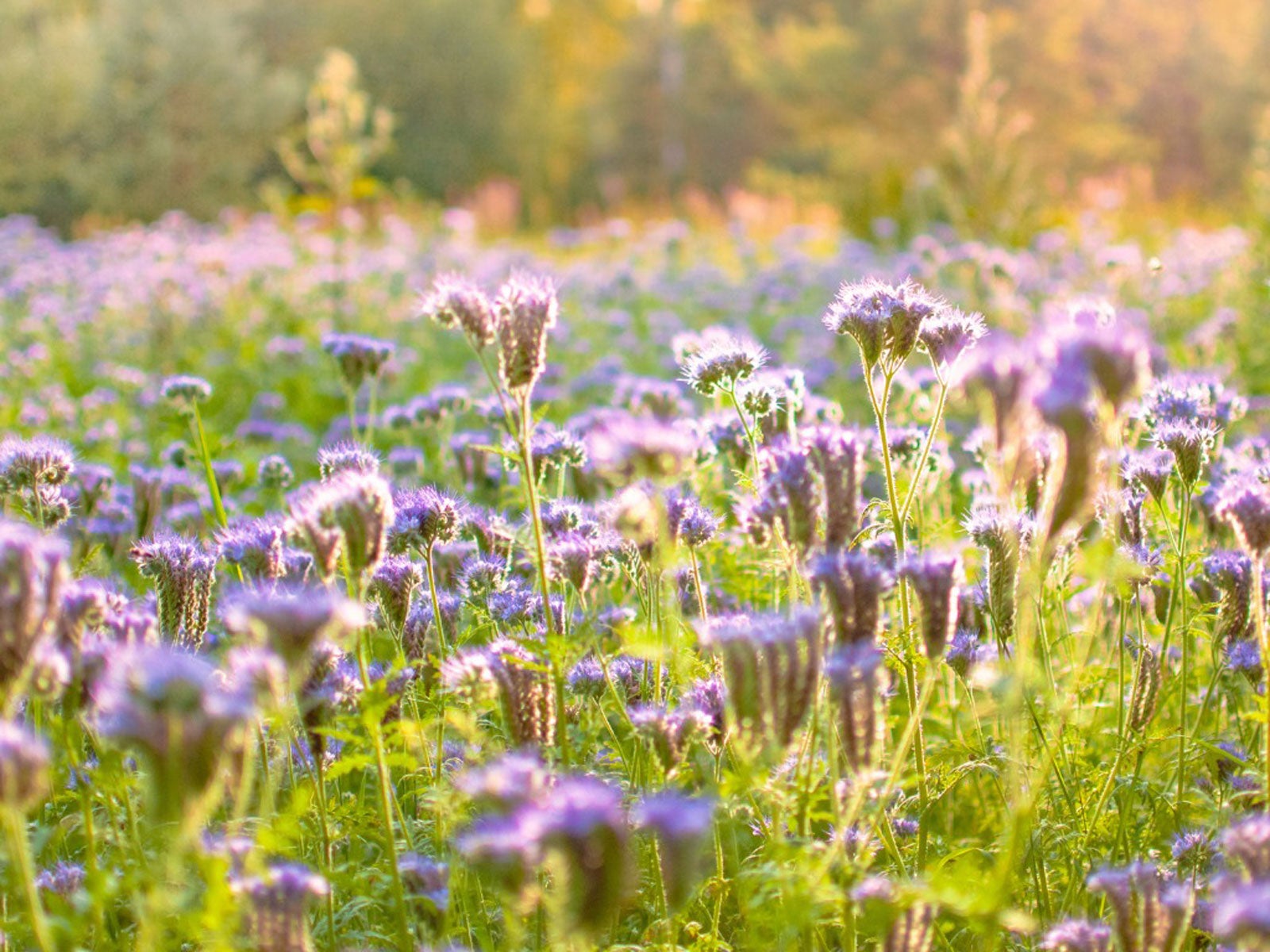 Native Cover Crops: Vegetable Cover Cropping With Native Plants
Native Cover Crops: Vegetable Cover Cropping With Native PlantsAre there any benefits to using native plants as cover crops? Click here to learn more about vegetable cover cropping with native plants.
By Laura Miller
-
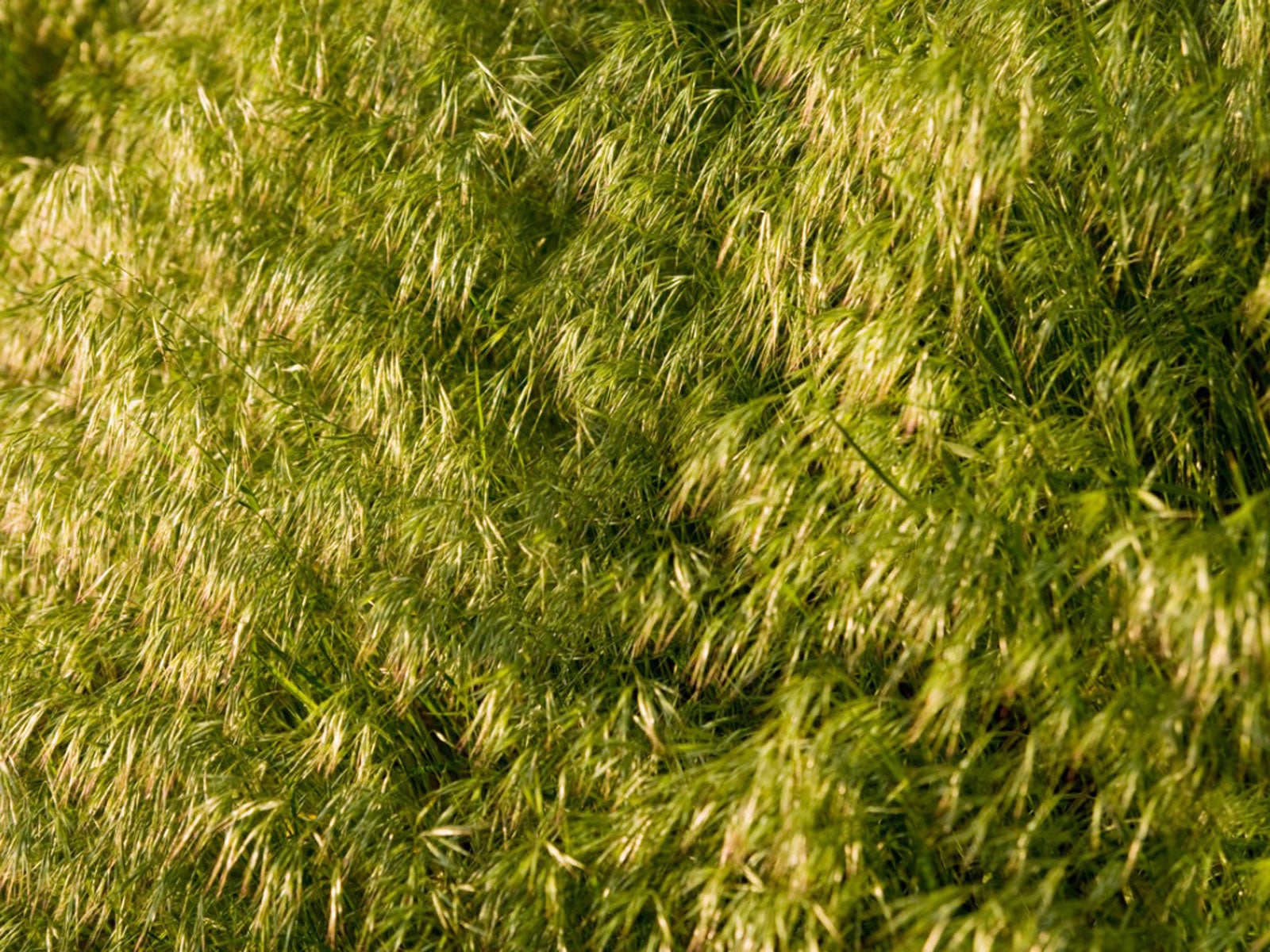 What Is Field Brome – Information About Field Brome Grass
What Is Field Brome – Information About Field Brome GrassField brome grass can be used as a cover crop to control erosion and enrich the soil. For more information, click the following article.
By Laura Miller
-
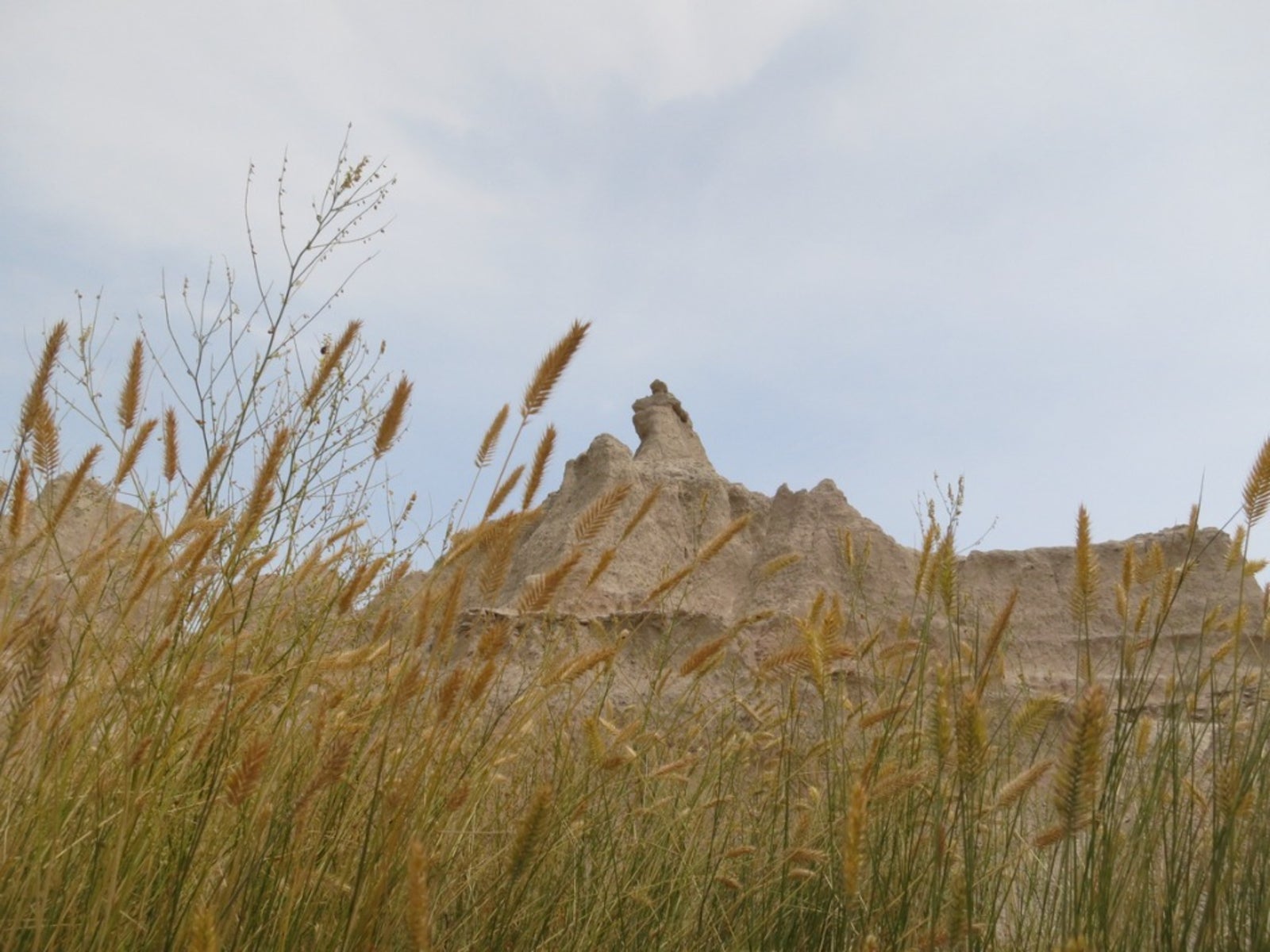 What Is Western Wheatgrass – How To Grow Western Wheatgrass
What Is Western Wheatgrass – How To Grow Western WheatgrassWheatgrass is native to North America and graces the Southwest, Great Plains and mountainous regions of the western U.S. It has some erosion control benefits but using western wheatgrass for grazing is the primary purpose. Learn more about it here.
By Bonnie L. Grant
-
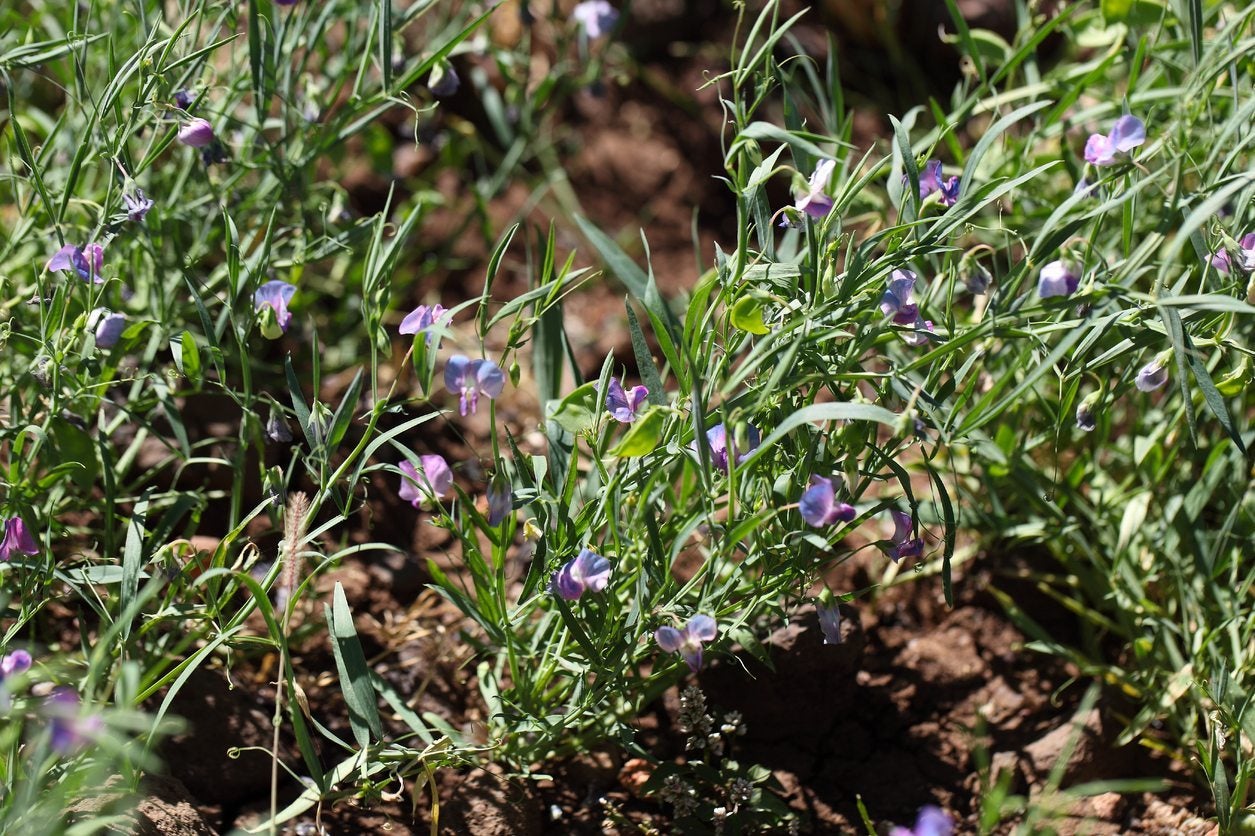 What Is Chickling Vetch – Growing Chickling Vetch For Nitrogen Fixing
What Is Chickling Vetch – Growing Chickling Vetch For Nitrogen FixingWhat is chickling vetch? Also known by various names such as grass pea, white vetch, blue sweet pea, Indian vetch, or Indian pea, chickling vetch is a nutritious legume grown to feed livestock and humans in countries around the world. Learn more about the plant here.
By Mary H. Dyer
-
Establishing Kura Clover: Learn How To Grow Kura Clover Plants
You no doubt have heard about the four-leaf clover, but few gardeners are familiar with kura clover plants. Kura is a forage legume and if you are interested in growing kura as a groundcover or establishing kura clover for some other use, this article will help.
By Teo Spengler
-
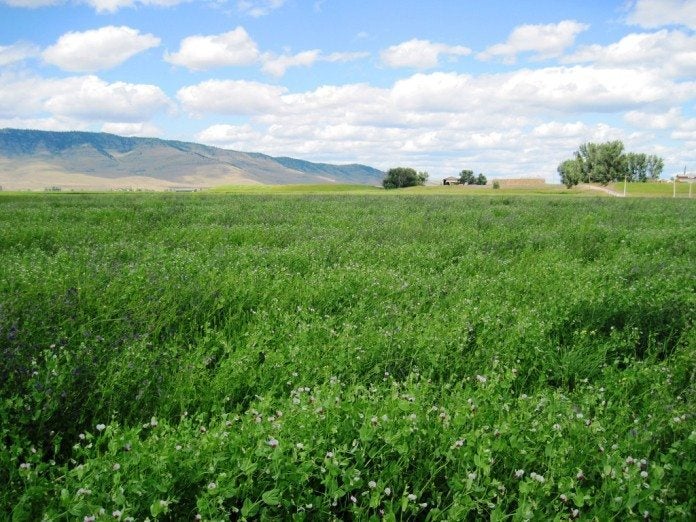 What Are Austrian Winter Peas: A Guide To Growing Austrian Winter Peas
What Are Austrian Winter Peas: A Guide To Growing Austrian Winter PeasWhat are Austrian winter peas? Also known as field peas, Austrian winter peas have been grown around the world for centuries, primarily as a valuable source of nutrition for humans and livestock. Click this article for info on growing Austrian winter peas.
By Mary H. Dyer